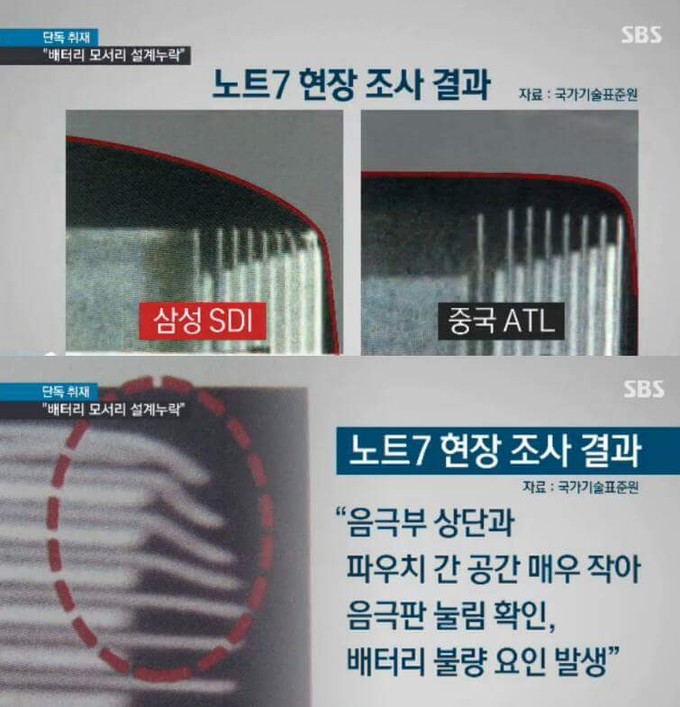3 Theories That Explain What Might Have Caused The Galaxy Note 7 To Explode
Samsung was forced earlier this week to discontinue its flagship Galaxy Note 7 smartphone. For good. The Galaxy Note 7 turned out to be a massive disappointment. The phone intended to fight the iPhone 7 Plus this year was seen as one of the hottest Android devices in town. Unfortunately, it also turned out to come with an unexpected side-effect: the Galaxy Note 7 is a fire hazard. Even after Samsung fixed it.
DON'T MISS: The end of Samsung's Galaxy Note 7 saga is really only the beginning
New manufacturing issues
Samsung has yet to explain what went wrong with its batteries in both the original phones and the replacements. The Consumer Product Safety Commission (CPSC), which worked with Samsung on the US recall, said on September 15th that batteries made by Samsung SDI were faulty. Apparently, they were made slightly too large for the space available in the phone. Installing them would crimp the corner, which could lead to a short circuit, overheating and potentially a fire.
Samsung removed Samsung SDI batteries from its Galaxy Note 7 supply and turned to China's Amperex Technology. However, Bloomberg reports that even Amperex batteries proved to have a manufacturing problem. Investigators of the latest Galaxy Note 7 incidents believe that a flaw different from the one that caused the original recall is to blame, according to Bloomberg.
The new issue hasn't been explained, but it looks like it may have crept into the supply chain after Samsung began replacing the faulty phones. Samsung had no choice but to pull the plug. Neither Samsung nor Amperex's parent company TDK Corp. commented on the matter, Bloomberg says.
More disturbingly, Samsung is apparently leaving its carrier partners in the dark about the problem. Samsung is asking partners to share testing data, but Samsung isn't reciprocating. Carriers have no idea what to tell customers, one unnamed carrier executive said.
Fast charging
Another theory that tries to explain the numerous Galaxy Note 7 explosions has to do with the fast-charging feature of the battery. According to the Financial Times, the problem comes from tweaks made to the processor to speed up charging.
"If you try to charge the battery too quickly it can make it more volatile. If you push an engine too hard, it will explode. Something had to give. These devices are miracles of technology — how much we can get out of that tiny piece of lithium-ion," an unnamed source said after supposedly speaking with Samsung executives about the matter.
That beautiful design
The Galaxy Note 7's looks might actually lead to explosions. Specifically, it's the symmetrical curvature of the phone, a feature Samsung bragged about, that may have exerted pressure on battery packs and caused the short circuits that eventually led to dangerous fires.
After the first recall, leaked documentation from the Korean consumer protection agency said that Samsung SDI's batteries were slightly larger than the compartment they were supposed to be placed in. Furthermore, the isolation plates that separate the anode and cathode were too close to the edges. Phone Arena explains that this particular location made them more prone to collapsing under pressure.
One theory states that external pressure could have been applied to those isolation plates during manufacturing. The plates are placed towards the edge of the battery and when the phone is sealed, the battery pack might be subjected to excessive pressure. The images below show SDI battery packs with isolation plates placed too close to the edge.

Meanwhile, Samsung reportedly still can't replicate the issue.
